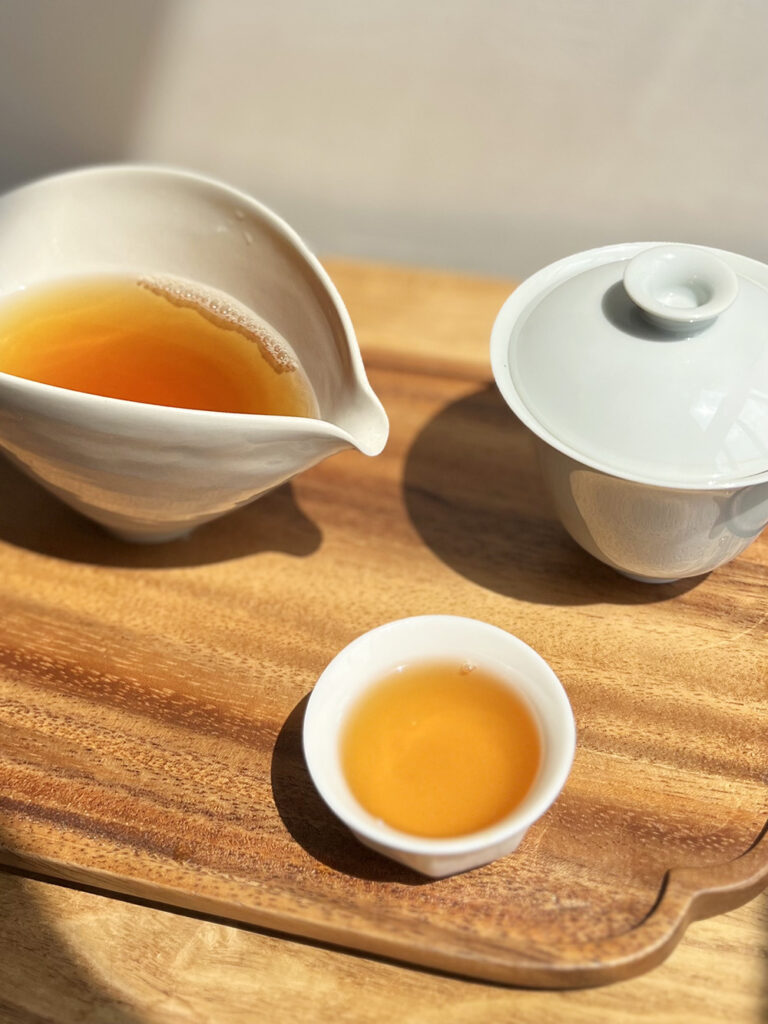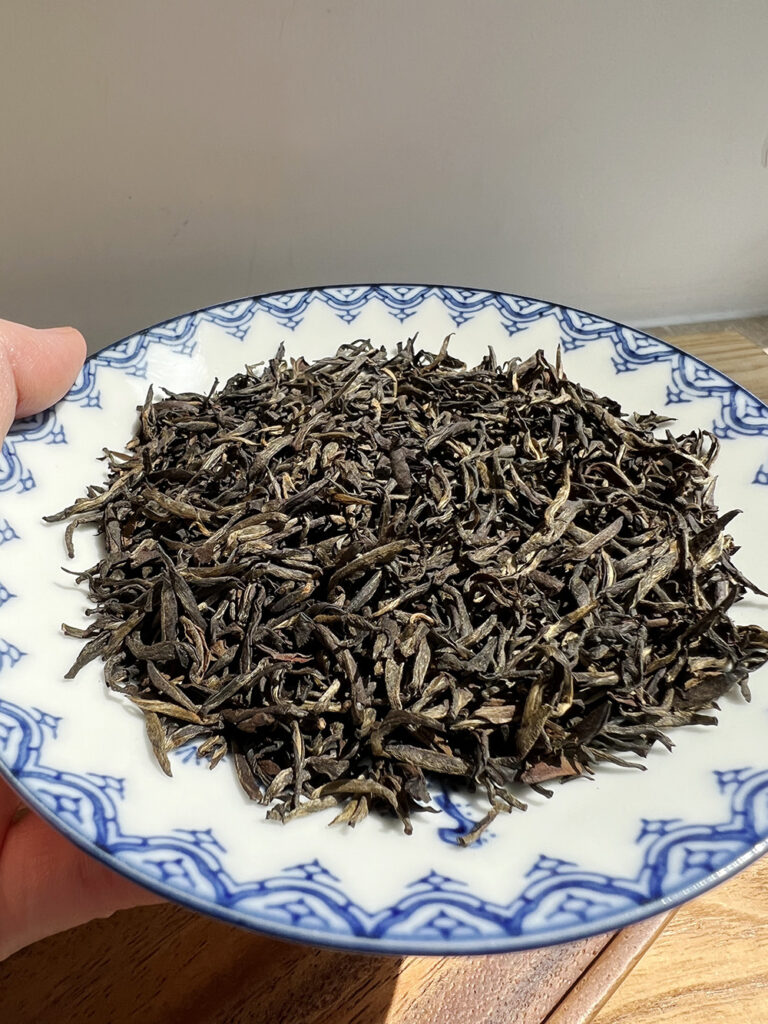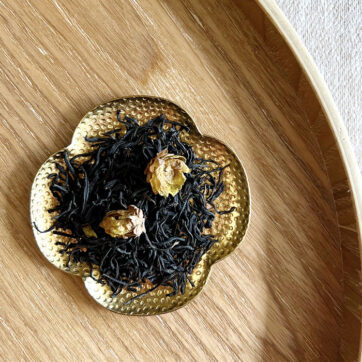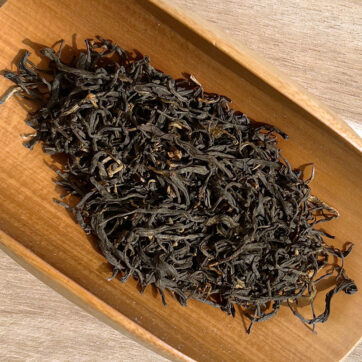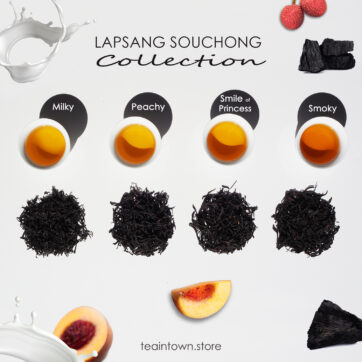Golden Eyebrows Black Tea – Jin Jun Mei
Jin Jun Mei, an renowned black tea from Wuyi Mountain in Fujian. The name “Jin Jun Mei” was given to this tea variety as a tribute to its exquisite appearance. “Jin” means “golden” in Chinese, referring to the scattered golden pekoe present in the dark brown tea leaves. “Jun Mei” translates to “beautiful eyebrows” symbolizing the delicate and graceful shape of the tea leaves, reminiscent of eyebrows.
Floral Delicacy
The prominent tasting notes of Jun Jun Mei must be its delicate floral notes, reminiscent of orchids or honeysuckle, creating a harmonious and aromatic experience. The tea reveals a delightful bouquet of floral aromas with lingering sweetness, which is well combined with its fruity and honey notes, offering a subtle yet distinct presence that adds a layer of sophistication to the tea’s overall taste.
History of Jin Jun Mei
The creation of Jun Jun Mei Black Tea in the 21st century is credited to a tea master named Mr. Jiang Yuanxun and Mr. Liang Jun De, who are often recognized as the inventor of this exceptional tea. They were both the skilled tea artisan from Tongmu Village in the Wuyi Mountain region. However, there is some debate and ambiguity surrounding the exact innovators of Jin Jun Mei. Some sources credit Liang Jun De as one of the tea masters involved in the creation of Jin Jun Mei Black Tea, while others attribute it primarily to Jiang Yuan Xun.
In the early 2000s, around 2005, Jin Jun Mei was developed as an extension of the traditional lapsang souchong tea production in the Wuyi area. The tea artisans focused on utilizing the Zheng Shan Xiao Zhong cultivar, which is a small-leafed variety typically used for lapsang souchong tea. The innovative approach involved plucking only the tender buds and selecting leaves with a high concentration of golden pekoe.
Both Jin Jun Mei and Lapsang Souchong are made by the same cultivar -Zheng Shan Xiao Zhong. What are the similarities and differences between them:
Making Process:
- Lapsang Souchong: Lapsang Souchong undergoes a unique smoking process, which is its defining characteristic. After withering and rolling, the tea leaves are traditionally smoke-dried over pinewood fires, imparting a distinct smoky flavor and aroma.
- Jun Jun Mei: Unlike Lapsang Souchong, Jun Jun Mei does not undergo the smoking process. After plucking the tender buds and leaves, the tea is typically withered, rolled, oxidized, and dried using conventional black tea processing methods.
Material Used:
- Lapsang Souchong: For Lapsang Souchong, a range of leaves is used, including larger and coarser leaves, which can include different leaf grades. The smoking process helps balance the flavors and aromas of these leaves.
- Jun Jun Mei: Jun Jun Mei focuses on the use of only the tender buds and young leaves, which are smaller and more delicate. This selection of young shoots contributes to the tea’s distinctive appearance, flavor, and aroma.
Flavor Profile:
- Lapsang Souchong: Lapsang Souchong is renowned for its smoky, robust flavor profile. The smoking process infuses the tea leaves with distinct woodsy and campfire-like aromas and imparts a smoky flavor that can range from subtle to intense.
- Jun Jun Mei: Jun Jun Mei offers a different flavor profile. It tends to be more delicate and nuanced, with floral notes, a subtle sweetness, and a mild maltiness. It showcases the natural flavors of the tea leaves without the smoky characteristics associated with Lapsang Souchong.
Weight per pack: 25g/ 50g
Harvest Time: Spring 2023
Tea Farm Location: Wuyi Mountain region, Fujian
Tasting Notes: floral , fruity, honey, mellow
Tea Liquor Colour: bright and clear orange-red
Dry Leave Appearance: fat and tender buds, brown leaves with golden pekoe in between
Wet Leaves: brown


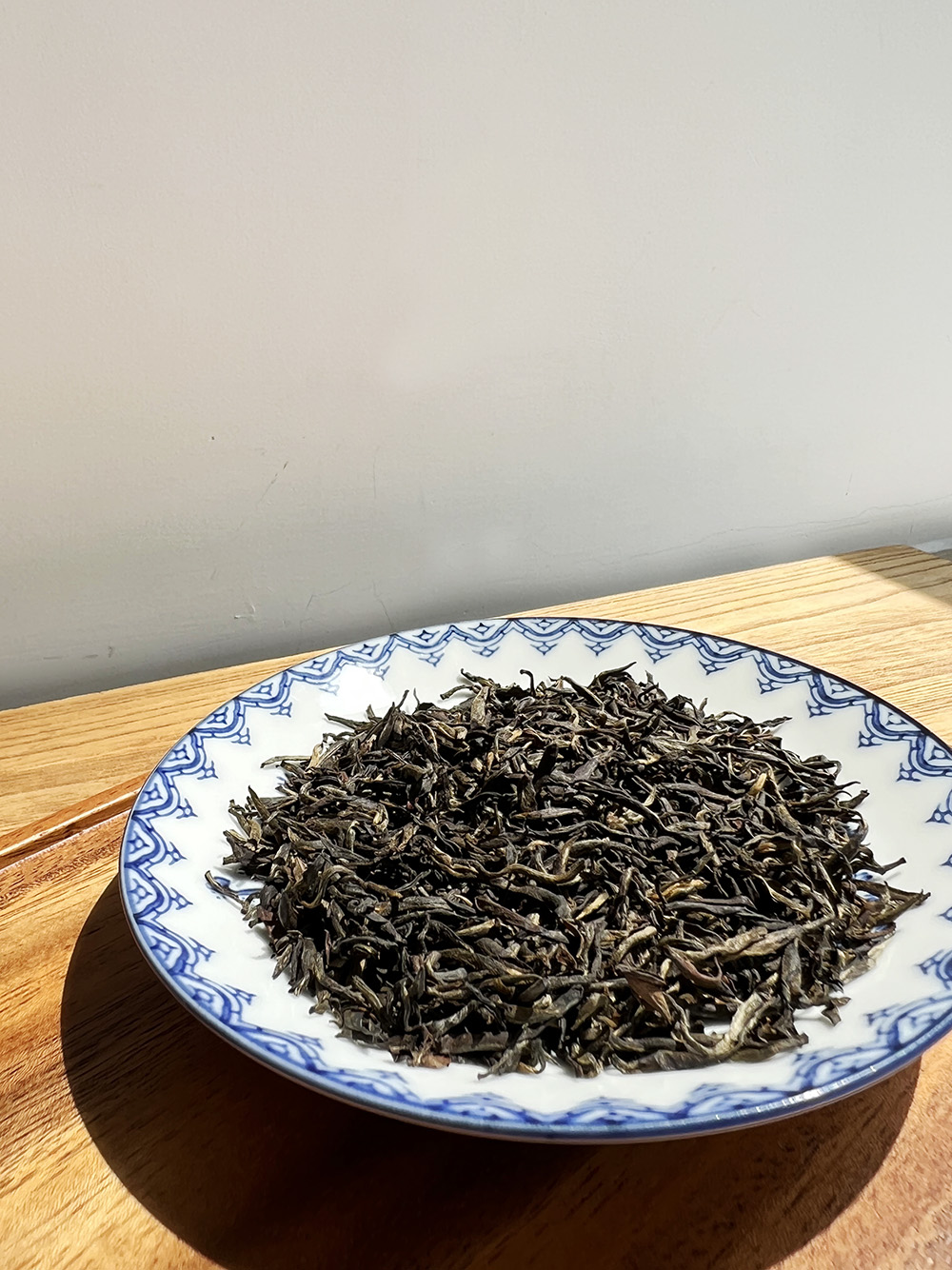

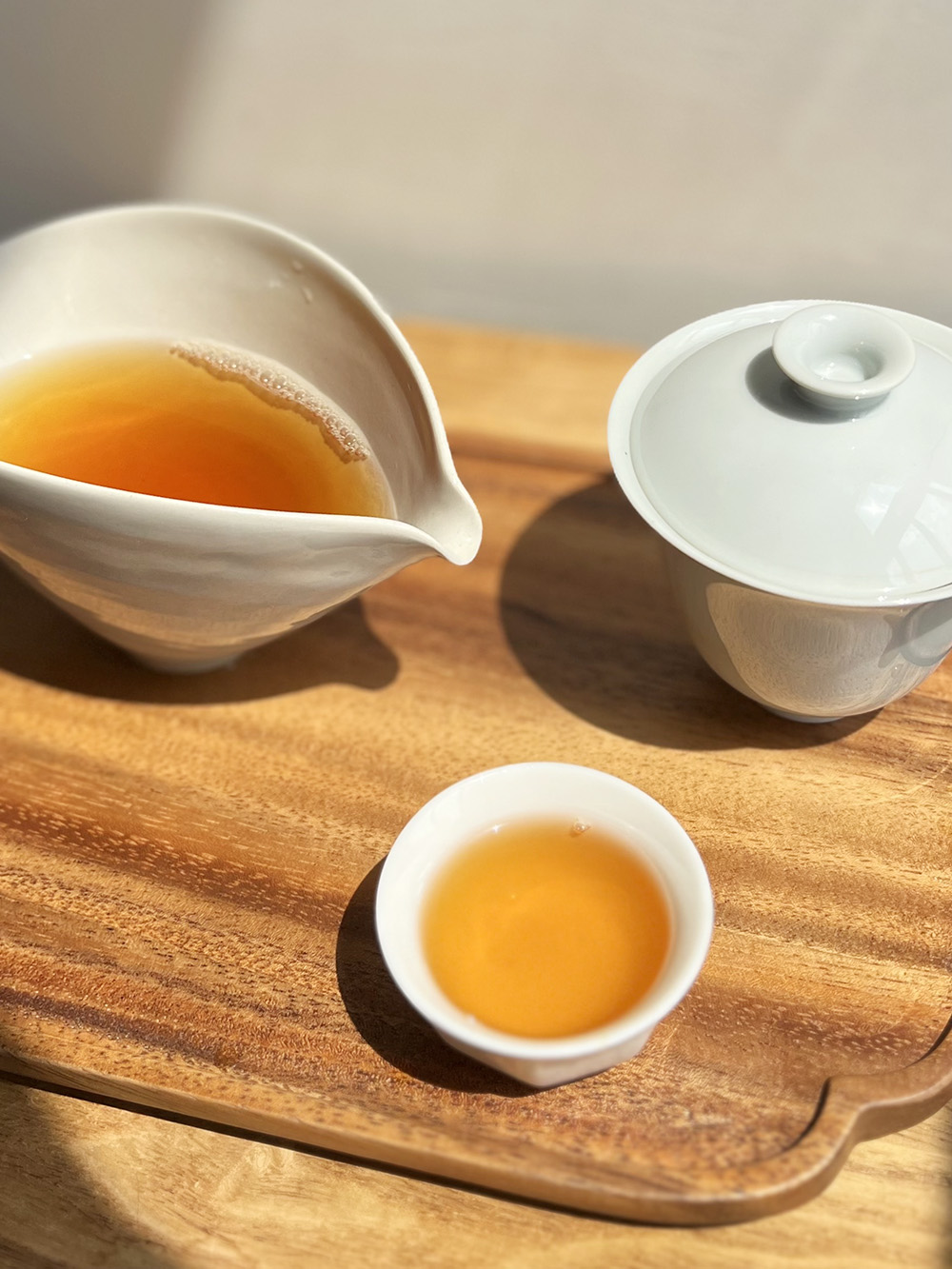

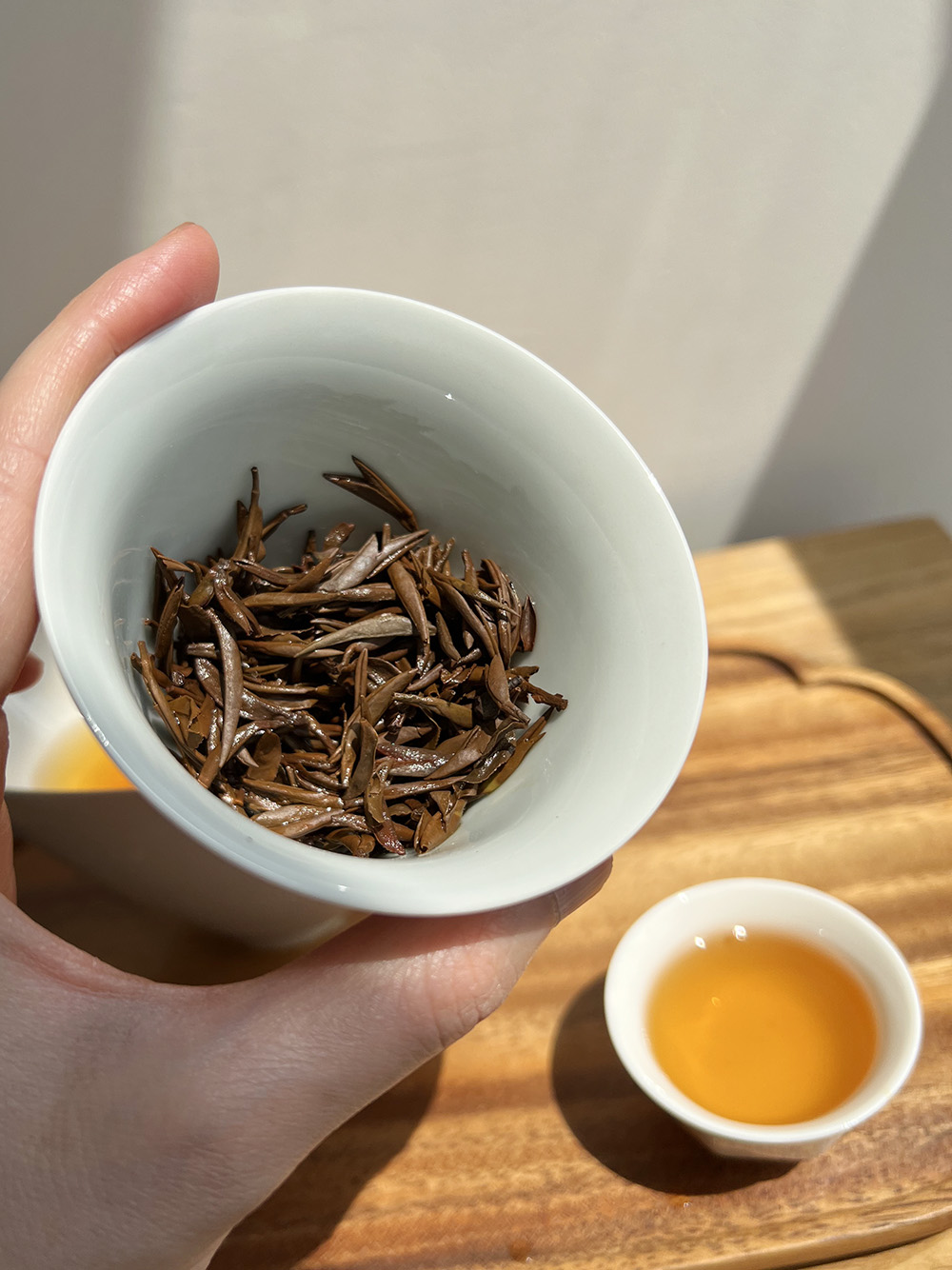
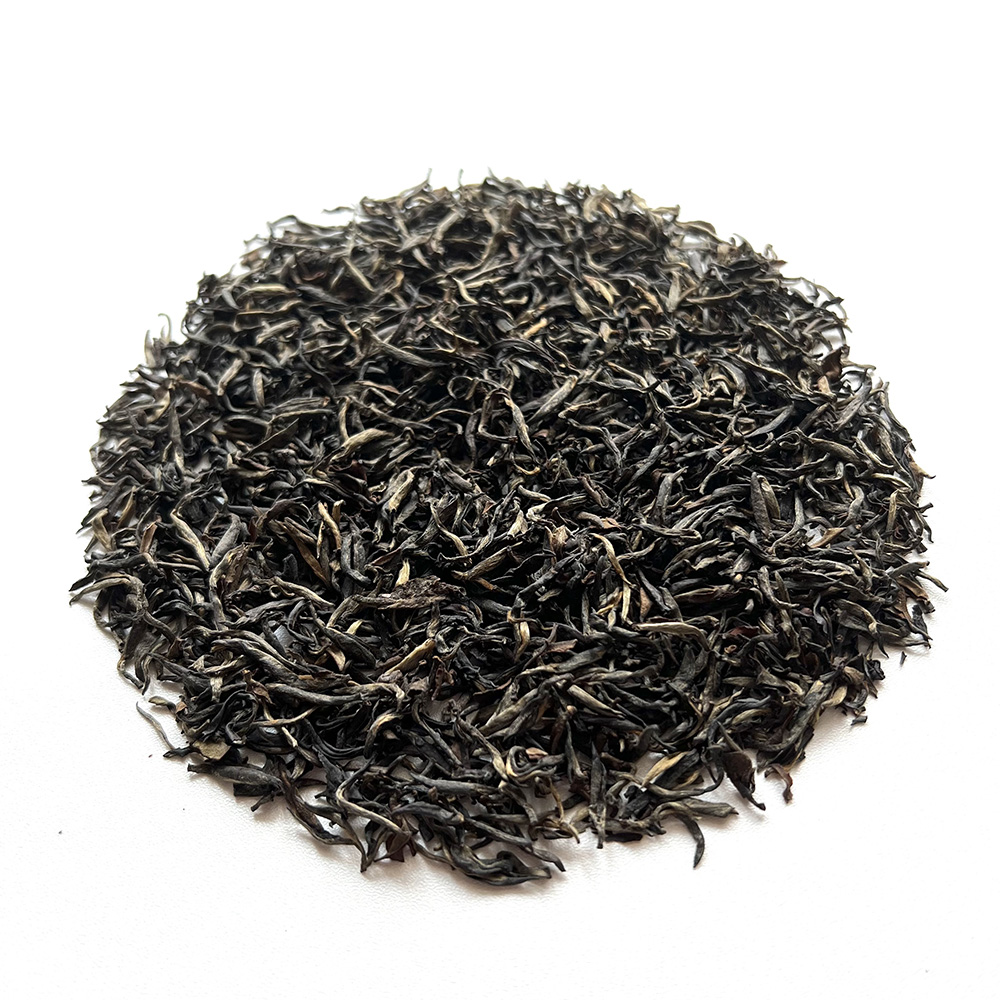
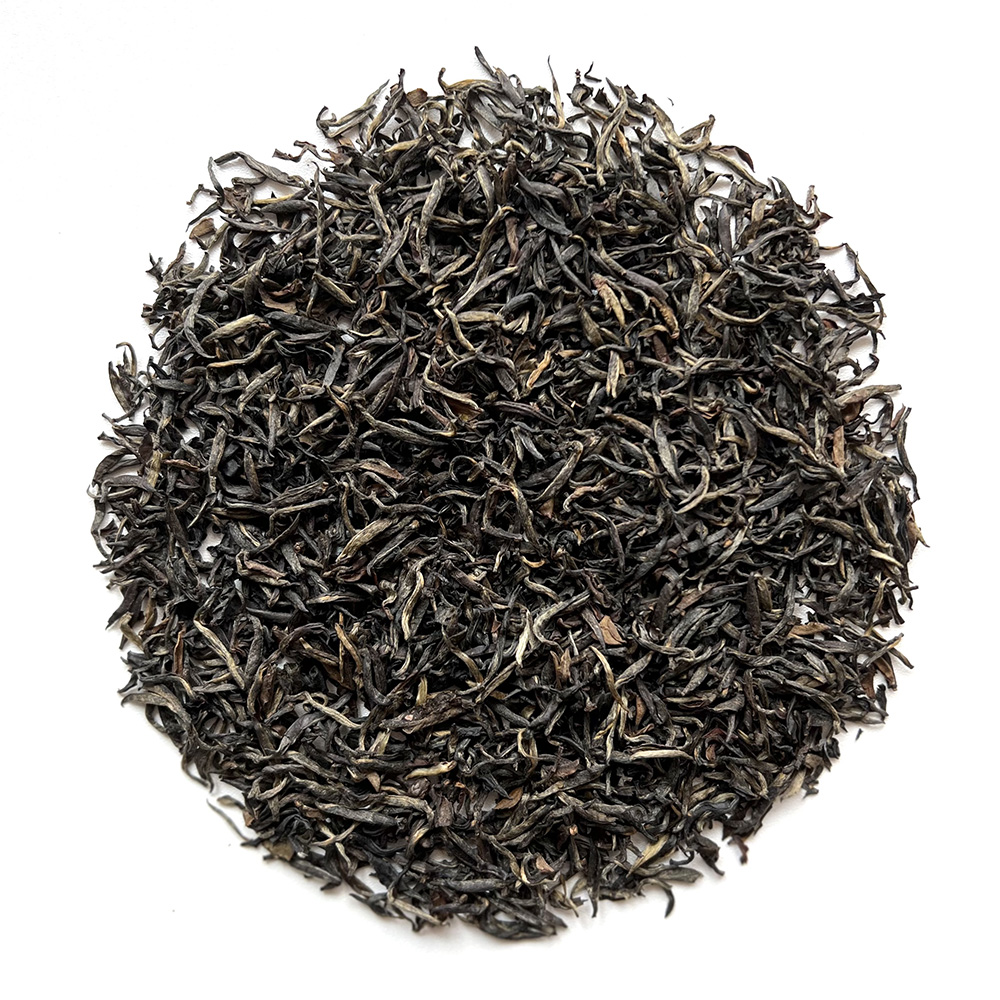
 If you purchase this product you will earn
If you purchase this product you will earn 